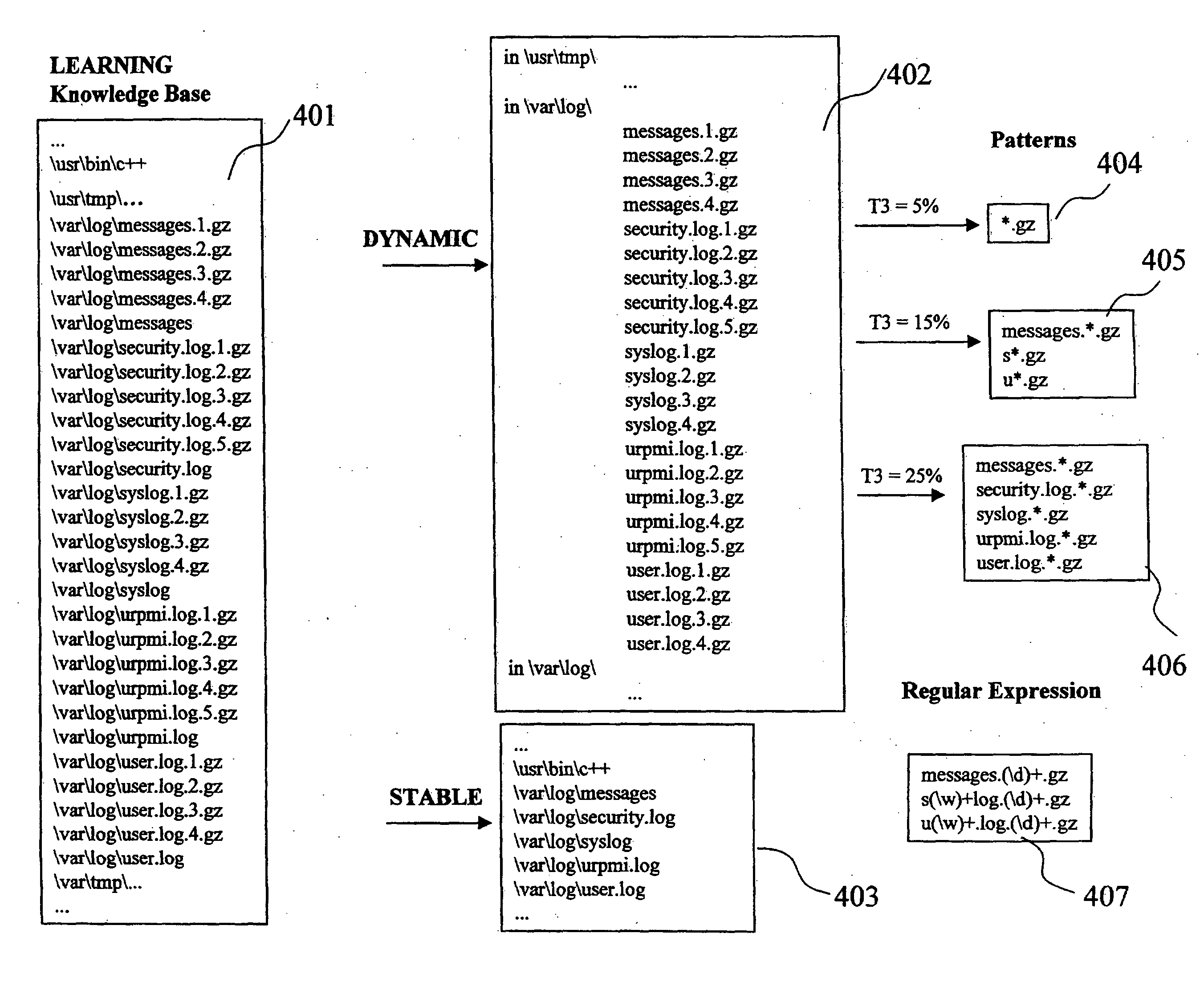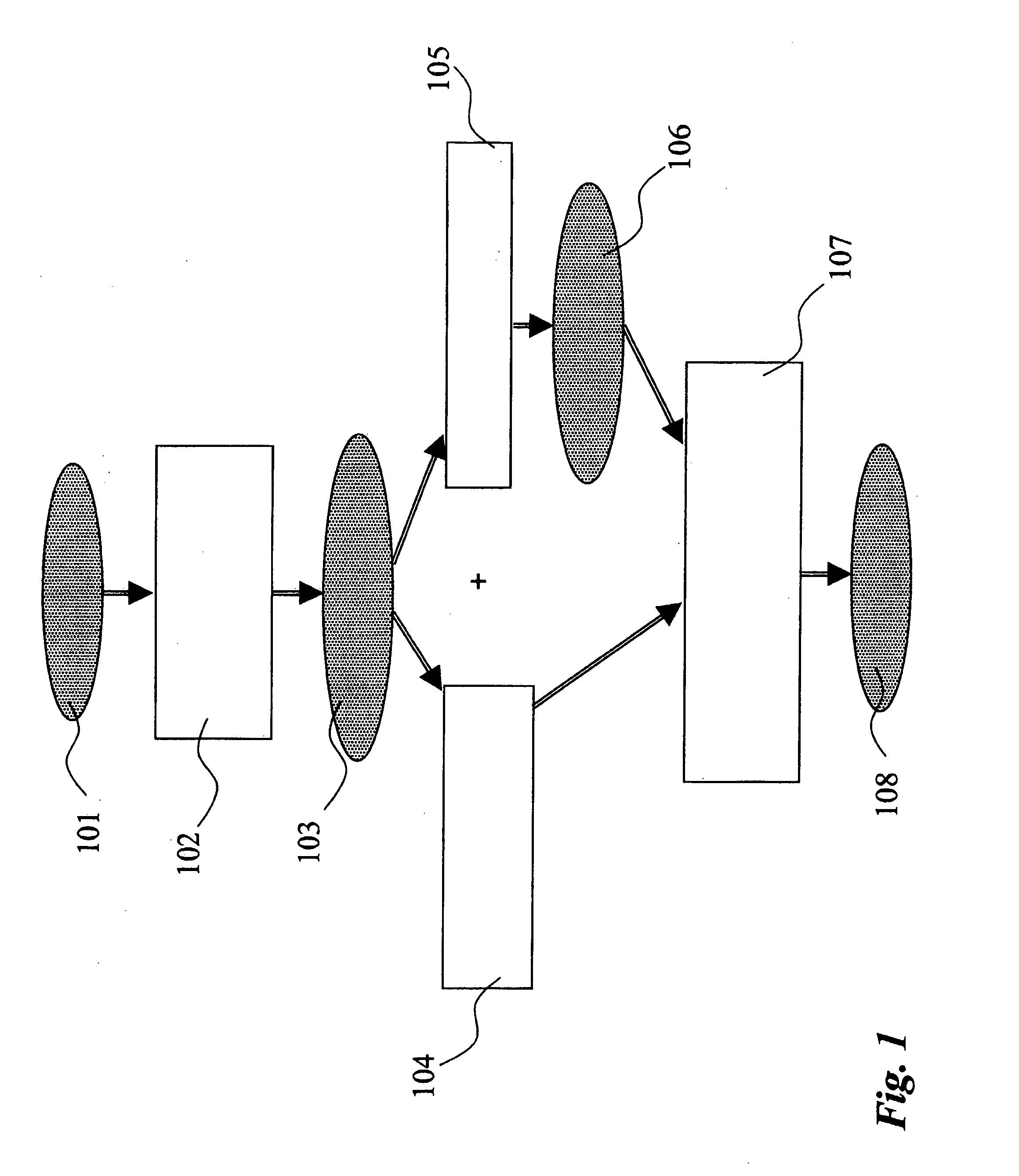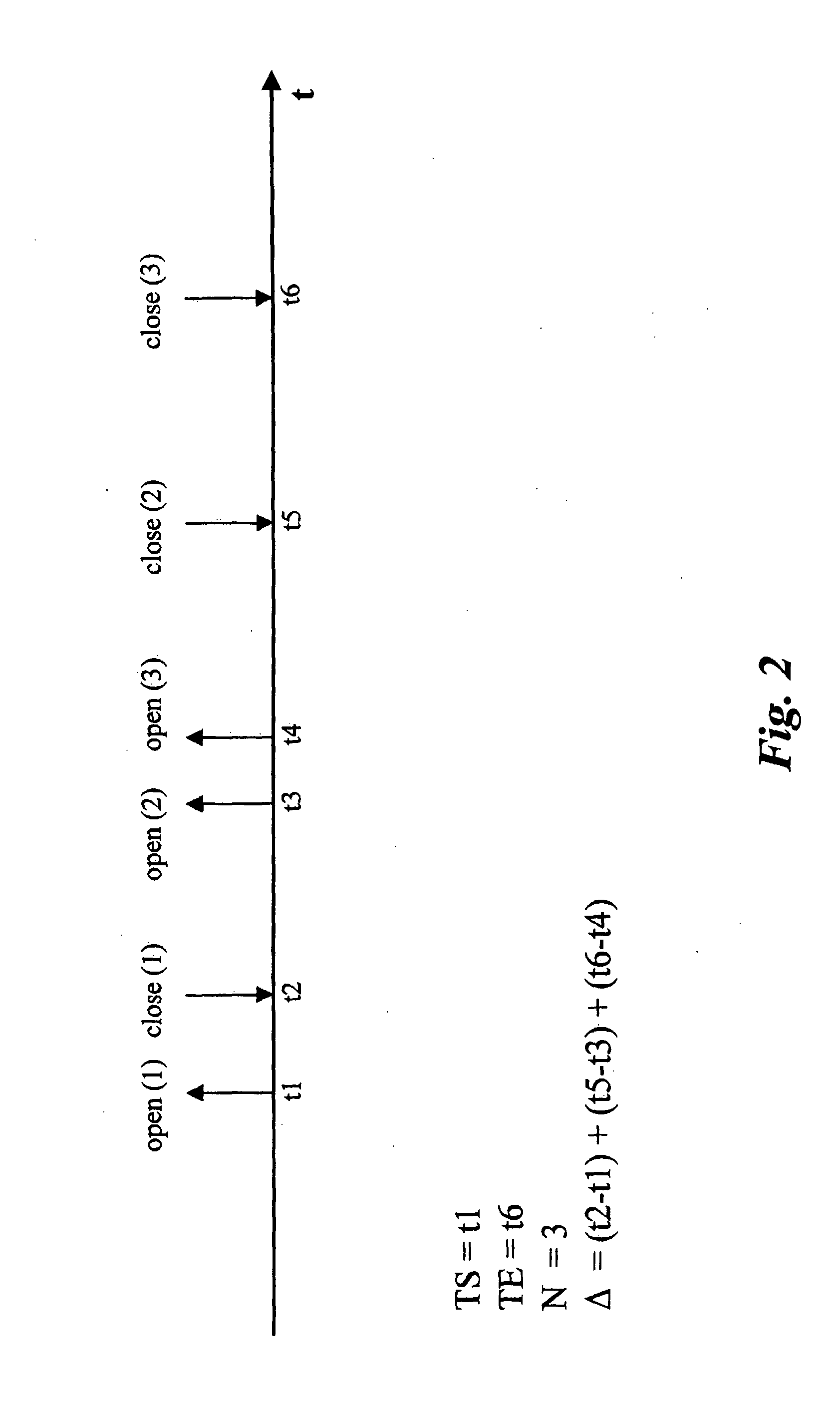Instrusion Detection Method and System, Related Network and Computer Program Product Therefor
a detection method and a technology of intruder detection, applied in the field of intrusion detection systems, can solve the problems of different false-positive and false-negative rates, ineffectiveness, and difficulty in finding specific attacks using network based techniques, so as to simplify the knowledge base and waste time.
- Summary
- Abstract
- Description
- Claims
- Application Information
AI Technical Summary
Benefits of technology
Problems solved by technology
Method used
Image
Examples
Embodiment Construction
[0055] The basic platform of the exemplary arrangement described herein is an Anomaly Based Intrusion Detection System. This can be of any known type as discussed in the introductory portion of this description, thus making it unnecessary to provide further detail herein.
[0056] During a first stage called learning phase, such an Anomaly Based IDS records a certain amount of data about the system monitored (e.g. a host computer) such as the processes running on the system, the credentials under which they run, the system resources they use. In doing so, the IDS creates a knowledge base that identifies the usual behavior of the system.
[0057] During a subsequent stage called the analysis phase, the data in the knowledge base is matched against the real-time state of the system and any difference between them (i.e. the system performs an action not present in the knowledge base, such as launching a new process, opening a new file, etc.) is considered an anomaly, hence an alert is issu...
PUM
 Login to View More
Login to View More Abstract
Description
Claims
Application Information
 Login to View More
Login to View More - R&D
- Intellectual Property
- Life Sciences
- Materials
- Tech Scout
- Unparalleled Data Quality
- Higher Quality Content
- 60% Fewer Hallucinations
Browse by: Latest US Patents, China's latest patents, Technical Efficacy Thesaurus, Application Domain, Technology Topic, Popular Technical Reports.
© 2025 PatSnap. All rights reserved.Legal|Privacy policy|Modern Slavery Act Transparency Statement|Sitemap|About US| Contact US: help@patsnap.com



